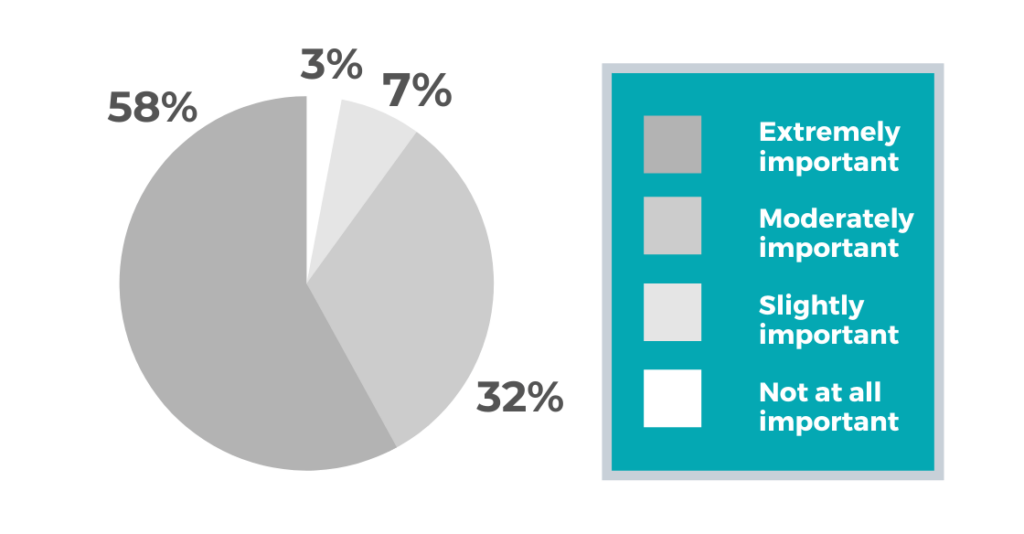October 7, 2020
October 7, 2020
In the era of technological disruption, data science is a disruptor for the books. Today’s data scientists develop processes, algorithms, and systems to mine structured and unstructured data with the end goal of finding useful insights that deliver better products, workplace processes, and profit for the company, as well as consumer experiences.
While financial, energy, and manufacturing were pioneers in using data science, clinical data science, too, has led to a revolution in diagnostics, patient engagement, medical imaging, drug discovery, and many other areas pertaining to healthcare. Here are 5 ways in which the medical industry is currently benefiting from innovations and advancements in data science:
Wearable electronic devices like smartwatches and Fitbits gather data of a user’s personal health and activity. According to Business Insider, the growing demand for wearables has generated a booming market, with insurers and companies now looking into how providing wearable health technology to their consumers and employees can help them stay competitive. From 2014 to 2018, consumer use of wearables in the U.S. jumped from 9 to 33 percent.
In digital terms, the average human body generates a couple of terabytes of data on a daily basis, and most of that can now be collected and quantified. Health care providers can now monitor such metrics as heart rate, blood glucose, blood pressure, sleep patterns, stress levels, brainwaves, and more.
Much of the wearable technology being marketed today are integral to remote patient monitoring (RPM). With this technology, health care providers can observe various metrics relating to a patient’s health on an ongoing basis while the patient is at home. Continuous Remote Patient Monitoring (CRPM) is a similar technology that employs wearables and gives clinicians access to patient data in real-time. CRPM is particularly useful in monitoring health data in chronic and high-risk patients.
X-rays, MRIs, and CT Scans are increasingly relying on data science. These modalities all produce images of the inside of the human body. While clinicians still manually examine the images produced to uncover injuries or disease processes, data science is taking over more of this work. When left solely to the clinician, the accuracy in assessing images was limited by the experience and skill of the practitioner, as well as their visual acuity.
Today, deep learning technologies like image segmentation and data science enable physicians to detect even microscopic irregularities in scanned images. Medical imaging platforms are now able to more deeply visualize morphology and aid in clinical diagnosis, treatments, and monitoring treatment response.
These advances alone have revolutionized the abilities and potential of healthcare providers. Medical image processing and analytics, aided by data science, have dramatically improved the accuracy and interpretation potential of the X-Rays, MRIs, and CT scan images. With data science creating better clinical outcomes and patient health, it’s only a matter of time before it’s as well known as the X-ray machine itself.
Data science is also improving the way in which healthcare providers and administrators manage hospitals and clinics. Machine learning and predictive analytics are valuable tools that help to optimize processes. Data science means administrators can make better sense of their data, improve user and patient engagement, and improve business performance. Data science and machine learning are also being employed to help administrators reduce wait times, optimize staff scheduling, and manage supplies.
As incentivized by the Health Information Technology for Economic and Clinical Health Act (HITECH, passed in 2009), clinics and hospitals now more efficiently collect and share untold volumes of data using electronic health record (EHR) systems. This data is readily available to help these facilities remain compliant with laws and provide enhanced patient care.
Data science, data analytics, and health informatics drive continuous improvement through data-informed health care. These programs provide indispensable recommendations and actionable insights that enhance the organization’s performance and engagement.
Pharmaceutical companies and researchers in other areas have come to rely heavily on data science to analyze research findings and create more effective drugs. Drug discovery is one of the most expensive, time-consuming propositions that pharmaceutical companies face. Data science and machine learning have revolutionized this process and are providing ever-deepening insights into optimizing drug discovery and the success of new compounds. Pharmaceutical companies stand to reduce drug discovery expenses and timelines drastically by using data science.
The study of the human genome has advanced rapidly in recent years, driven by the need to develop effective gene therapies that mitigate the scourge of genetic diseases.
The processes involved in the study of genomics and genomics research was once expensive and tedious. Researchers today are cutting costs and timelines by using data science to analyze genetic sequences quickly. This new technology helps to quickly find correlations between patient genomic data and disease processes as well as treatment, including drug effectiveness or the potential for adverse events based on a person’s genetics. Researchers are also finding that data science delivers deeper insights into why certain drugs perform as they do relative to specific genetic disorders.
There’s little doubt that big data in life science industries will continue to be a major factor in the speed of innovation, from conception through commercialization. As major agents of change, big data, data analytics, and informatics in healthcare all dramatically advance the level of care and improve patient outcomes at an ever-increasing pace.

October 29, 2019
Big data is hitting us from all angles, and life science industries are not being left out. Why? Your life depends on it, literally. Life sciences generate lots of large and complex data every single...
June 10, 2021
The proper use of data science and predictive analytics can improve any online business, in or out of the medical field, but plays a particularly unique role in the life sciences. Science seeks truth...